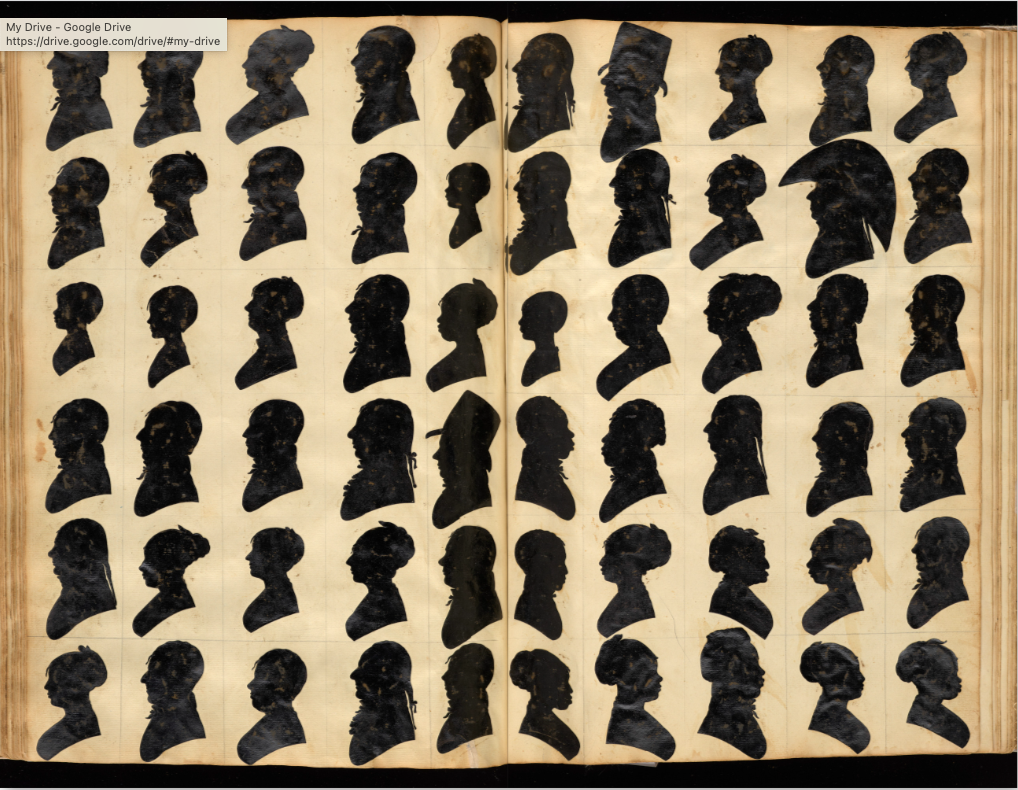Before the internet, it would have been hard to imagine that people around the world would one day be unable to get enough of traditional Japanese carpentry, and specifically traditional Japanese joinery. And before Youtube, who could have predicted that videos showing each and every step of a woodworking project — without narration, or indeed explanation of any kind — would find an enthusiastic viewership? At the intersection of these two surprising phenomena stands that channel H Carpenter, whose unadorned, methodical, and detailed portrayals of wooden joint-making have racked up millions upon millions of views.
In traditional Japanese joinery, which we’ve featured many times before here on Open Culture, the carpenter uses no nails, screws, or adhesives. Rather, he carves the ends of the pieces of wood to be joined into interlocking three-dimensional shapes that can hold solid for decades, or even centuries.
The biggest advantage of this technique, writes a commenter on one video, “is that it minimizes the use of rust-prone nails and other materials, reduces damage to the wood, and dampens seismic shaking with unfastened joints” — always a consideration in earthquake-prone Japan. “Furthermore, the entire building can be disassembled like Lego blocks, and only the damaged parts can be replaced and rebuilt as before.”
Like many other Japanese traditions, this form of carpentry has been around for a long time indeed, and through the centuries has built up a formidable library of joints, many of them complex enough not to be comprehensible at first glance. With 193 videos on the relevant playlist so far, H carpenter seems to have made a mission of constructing all of them on Youtube not just to aid our understanding of their workings, but also to provide us with the sensory pleasures of the process itself. (A few million of his views are surely accounted for by ASMR enthusiasts alone.) Just like his forebears in the craft, he does it without using a single nail — as well, perhaps as a counterbalance to the chatter of the twenty-first century, without speaking a single word.
Related content:
See How Traditional Japanese Carpenters Can Build a Whole Building Using No Nails or Screws
Building Without Nails: The Genius of Japanese Carpentry
Based in Seoul, Colin Marshall writes and broadcasts on cities, language, and culture. His projects include the Substack newsletter Books on Cities, the book The Stateless City: a Walk through 21st-Century Los Angeles and the video series The City in Cinema. Follow him on Twitter at @colinmarshall or on Facebook.










